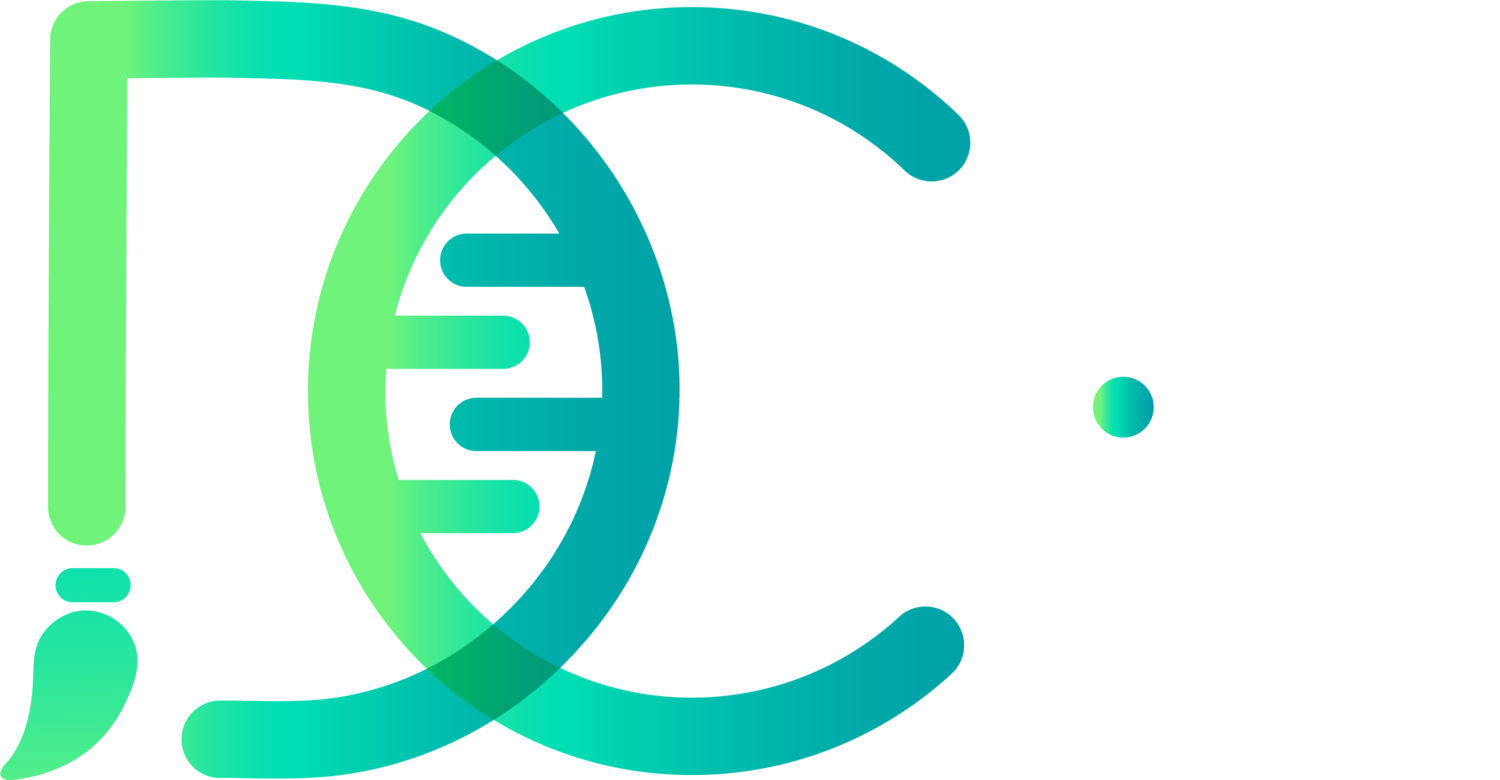
Molecular Veggie-Plot
Overview Illustration for a Special Issue on H2S and NO signalling integration published by Physiologia Plantarum.
The Special Issue and the Illustrations can be found here: https://bit.ly/37HNETT
or here:

Effects on Photosynthesis by external stimuli
Short illustrative summaries of three articles published in Physiologia Plantarum. The effects of red/blue light, ammonium stress and the inhibition of mitochodnria on photosynthesis are depicted.
The articles can be found here: https://bit.ly/2qJQZ5x

The effect of darkness together with other factors on plants
Summarizing three articles published in Physiologia Plantarum, answering following questions: How does darkness in combination with increased temperatures affect two antarctic plant species? How does the effect of UVB light together with darkness in clematis show and what happens when the night is interrupted in potato plants?
The articles can be found here: https://bit.ly/2qJQZ5x

The effect of . single genes on plant growth & development
Summarizing three articles published in Physiologia Plantarum, looking at the effects of specific genes & gene families. How does a single gene influence the growth & development of different plant species?
The articles can be found here: https://bit.ly/2qJQZ5x

Research on Photosynthesis
A summarising Illustration for Social Media to highlight four publications at Physiologia Plantarum on photosynthesis research.
The articles can be found here: https://bit.ly/2RMtPGM

Russian Dandelion modified by CRISPR/Cas
I illustrated the Advent calendar for the Progressive Agrarwende with 24 different genome edited plants by CRISPR/Cas. This is one example where researchers modified the Russian dandelion to increase its Caoutchouc content in the roots.
The calendar can be found here, translated into 10 different languages: https://bit.ly/2PCgiPv
The original german texts were written by Dominik Modrzejewski.

Kiwi Plants modified by CRISPR/Cas
Another example of an illustration of a genome edited plant by CRISPR/Cas: Kiwi. Here researchers modified Kiwi plants in the way that they are easier to be cultivated under greenhouse conditions, produce more flowers and grow more dense fruits.
The calendar can be found here, translated into 10 different languages: https://bit.ly/2PCgiPv
The original german texts were written by Dominik Modrzejewski.

Increased Vitamin C content in lettuce
Lettuce that have been genome edited plant by CRISPR/Cas contains more Vitamin C and shows reduced browning.
The calendar can be found here, translated into 10 different languages: https://bit.ly/2PCgiPv
The original german texts were written by Dominik Modrzejewski.

Chlorophyll
Small Comic about where the pigment chlorophyll can be found. I decided to display different useful chemicals in a pretty & nice-to-look-at way to maybe decrease peoples’ dislike towards “chemicals”. They are everywhere & in the right dosages usually harmless & actually essential for us :)

Chocolate - theobromine
Perfect example of how much some people can love chocolate, but hate . chemicals. Theobromine is an essential metabolite in chocolate & its related products.

Caffeine & Theine...
…are actually the same molecule & can be found in coffee & tea (& many more plants, usually used as defence compounds). Theine is bound to different other chemicals & therefore enters our body slower, not giving the same Caffeine-kick people get from coffee :).

Vanillin
A chemical/flavour/aroma many of us actually like a lot in sweet foods. Some also like it added in deodorants or perfumes.

Penicillin
A pretty important chemical that was discovered by the chemist Alexander Fleming and is used as antibiotic these days. It comes from the mould Penicillium and fights off bacterial infections.

Acetylsalicylic acid
Another chemical/compound that we use as medicine: acetylsalicylic acid, the active compound of e.g. aspirin. It can also be found in the leaves or the bark of willow trees.






















